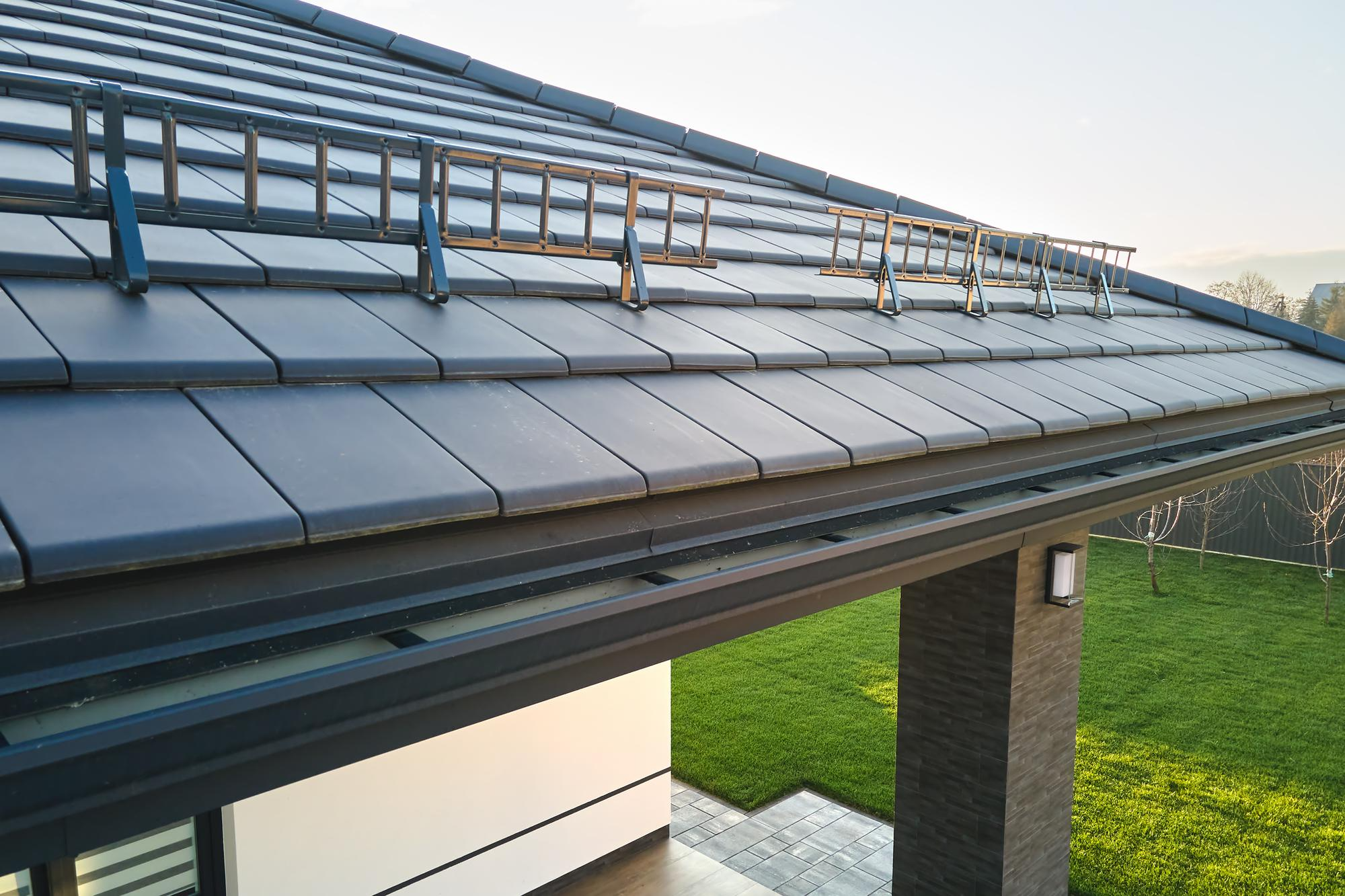Energy-efficient roofing: save on bills year-round

Energy-efficient roofing doesn’t just protect your home—it helps lower heating and cooling costs all year long. Whether you’re building new or replacing an old roof, making smart roofing choices can lead to long-term savings and a more comfortable living space. Here’s what to know about roofing that works with your climate—not against it.
How energy-efficient roofs work
These roofs are designed to reflect more sunlight and absorb less heat compared to traditional materials. This reduces the temperature of your roof surface, lowering the strain on your cooling system in warmer months.
Key performance features include:
- Reflective surfaces (like cool roof coatings or metal)
- Proper insulation beneath the roofing material
- Light-colored or coated shingles for better heat reflection
- Ventilation systems that regulate attic temperature
Tip: Look for roofs with an ENERGY STAR rating for certified efficiency.
Benefits beyond lower energy bills
Energy-efficient roofs do more than cut utility costs. They help maintain a balanced indoor temperature, reduce greenhouse gas emissions, and may even qualify you for tax credits or utility rebates.
Advantages include:
- Less strain on HVAC systems
- Improved indoor comfort in all seasons
- Longer roof lifespan due to reduced heat stress
- Increased home resale value
Tip: Some cool roofing materials can lower your roof temperature by up to 50 degrees on hot days.
Popular energy-efficient roofing options
There are several roofing types that perform well in energy-saving roles. The right choice depends on your climate, budget, and style preferences.
Top options to consider:
- Metal roofing with reflective coating
- Cool asphalt shingles
- White membrane roofs (TPO or PVC) for flat roofs
- Clay or concrete tiles with insulating properties
Tip: Consult a roofer to see which materials qualify for local energy rebates or incentives.
.png)
Maintenance for maximum efficiency
To get the most out of an energy-efficient roof, routine maintenance is essential. Dirt, debris, and damaged components can reduce its performance over time.
Maintenance tasks to remember:
- Clean off debris and check for discoloration
- Inspect insulation and ventilation yearly
- Reapply cool roof coatings when needed
- Address leaks and damage immediately
Tip: Pair your energy-efficient roof with attic insulation upgrades for even better results.
.avif)




